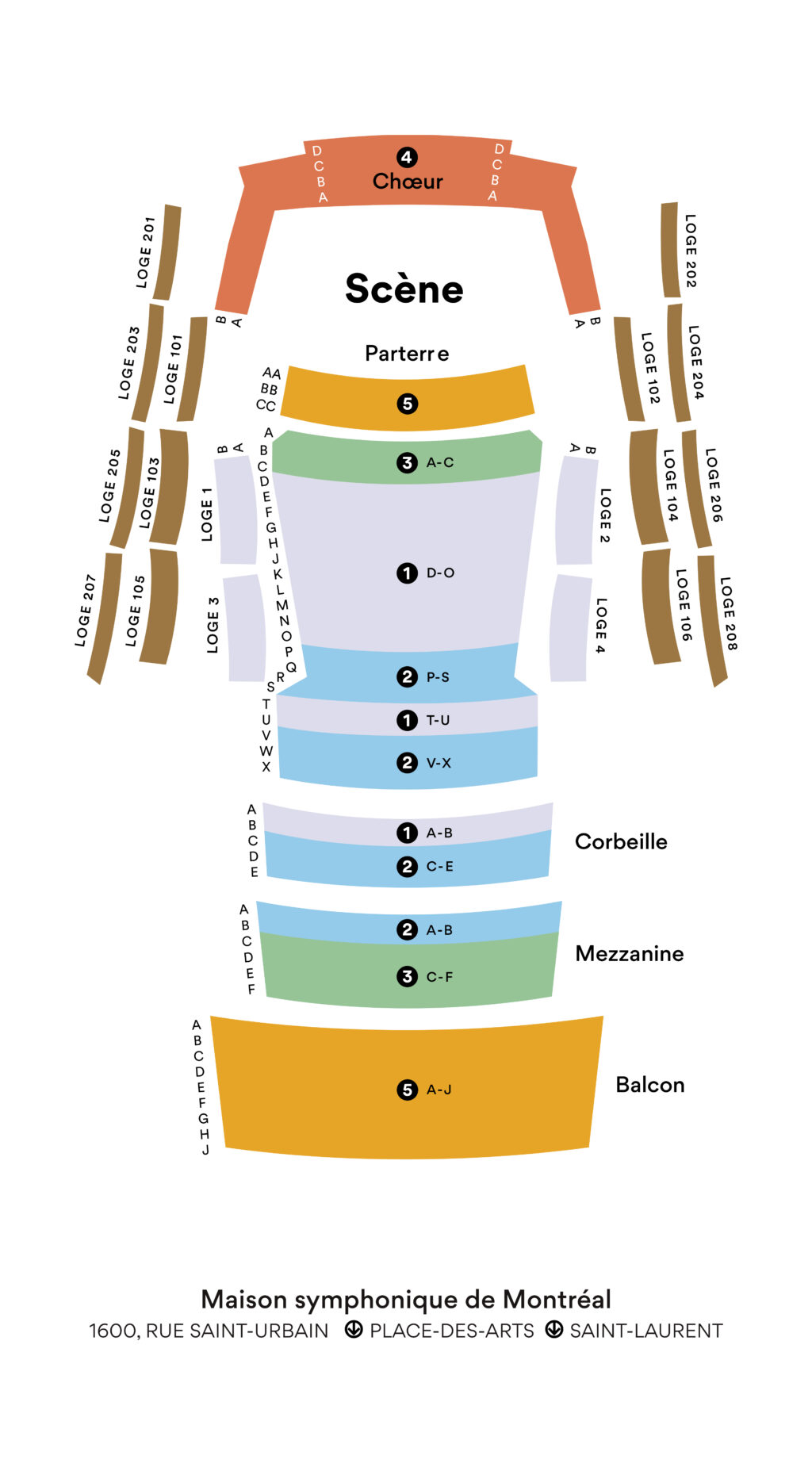Violin Concerto
Antonín DVOŘÁK
1841-1904
Patriotic dances
Although he was never Smetana’s student, Antonín Dvořák certainly followed in the composer’s footsteps, expressing national identity through music. Their friendship began in 1866 when Smetana was appointed conductor at the Prague Opera, where Dvořák played viola. Deeply attached to both classical forms and the folklore of his country, Dvořák was among those who most successfully fused the two. Dvořák was also heavily influenced by Johannes Brahms, who took the composer under his wing, introducing him to his publisher, Simrock, as well as to several friends, including violinist Joseph Joachim and conductor Hans von Bülow.
Inspired by Brahms’s Hungarian Dances, Dvořák composed two sets of Slavonic Dances in 1878 and 1886. Despite their name, they draw primarily from Bohemian folk traditions. Originally written for piano four hands—a format that greatly contributed to their widespread popularity—Dvořák later orchestrated them himself. The Slavonic Dance in E minor, Op. 72 No. 2, structured as a dumka (a Ukrainian ballad), is imbued with lyricism and melancholy, while its livelier central section exudes a fresh, springlike energy.
A concerto steeped in folklore
In 1879, Antonín Dvořák began composing his Violin Concerto in A Minor at the request of his publisher, Simrock, who sought to build on the success of the first volume of Slavonic Dances published the previous year. The concerto took a while to see the light of day. Hoping to have it premiered by the renowned Joseph Joachim, a close friend of Brahms, Dvořák consulted the violinist multiple times. Joachim suggested several revisions, leading Dvořák to rewrite the piece in 1880. However, two years passed without any communication from Joachim, who showed no interest in performing the concerto. Ultimately, it was the brilliant violinist František Ondříček who premiered the work on October 14, 1883, in Prague, later introducing it to audiences in Vienna and London.
Marked Allegro ma non troppo, the first movement opens with a brief yet imposing orchestral introduction before the solo violin presents a lyrical and passionate theme. This theme is developed with great imagination in a movement that follows a highly free-form structure, evoking the spontaneity of a rhapsody. The movement transitions directly into the next without a formal conclusion: the Adagio ma non troppo. Primarily melodic, this second movement unfolds as a noble and heartfelt romance. A central section in F minor features a dialogue between the violin and the horns, which reappear at the very end, distant and echoing, lending a forest-like atmosphere to the serene and peaceful conclusion. The third and final movement is infused with dance rhythms, taking the form of a spirited furiant—a lively Czech dance in three-four time, akin to a polka—brimming with energy reminiscent of the Slavonic Dances. The contrasting central section, more tender and nostalgic, evokes a dumka before the return of the main motif propels the concerto toward a vibrant and exuberant conclusion.
© François Zeitouni, 2025
Translation: Laura Schultz
